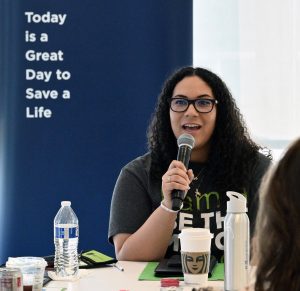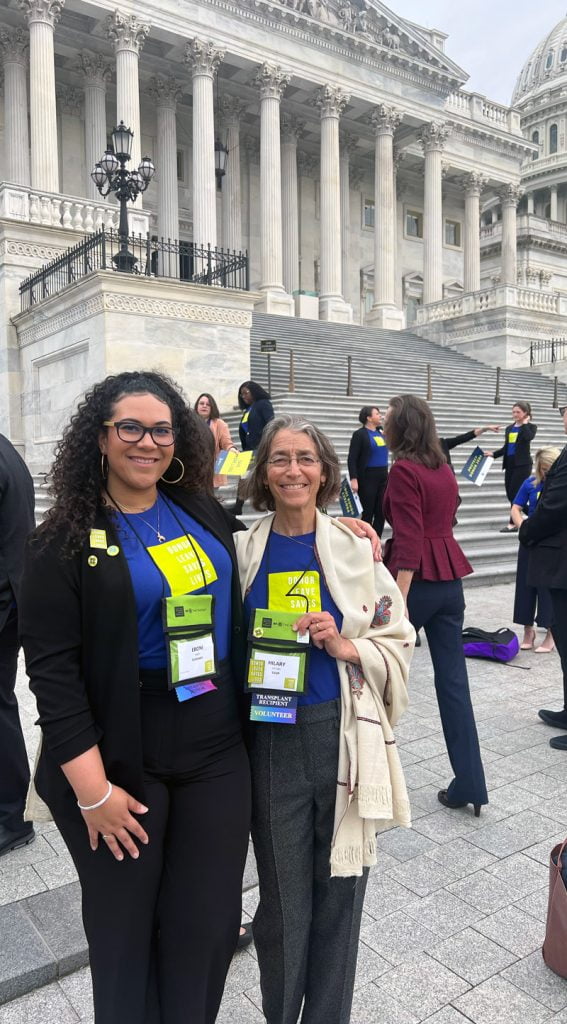“virtual volunteer opportunities”
That’s what Eboni Nash ‘19 entered into her browser in March 2020. Like other students, her spring break trip home to see family was…extended. A Harvard Divinity School student at the time, she was feeling “helpless…almost useless” in Eads, Colorado.
Yet what the search produced changed Nash’s life—and saved the life of a young girl.
This story originally appeared in HC Today.
Search Results: Be the Match

According to its website, Be the Match is a nonprofit organization connecting leukemia, lymphoma and other blood cancer patients with peripheral blood stem cells and bone marrow transplants. Bone marrow is the spongy tissue in some bones that produces blood cells.
When Be the Match appeared in Nash’s search results, she had much to learn.
“In fact, I thought we had to be deceased to be able to do that,” she said. “Although it wasn’t immediately impactful, I was eased by the idea that there was a chance I could save a life.”
As a woman who is Black and Native American (Muscogee Creek), she possesses a unique human leukocyte antigens (HLA) Type among others on the donor registry.
HLA Type comprises protein markers that “tell your body which cells belong in your body and which do not” according to the Be the Match website. The closer the HLA Type match, the more likely the transplant is to be successful.
Timing Isn’t on Her Side

In 2022, Nash’s phone blew up with messages from unfamiliar numbers.
She and a teenage girl battling cancer were a perfect match. But was the timing?
“I just started my professional career, was in between permanent housing, and had no idea what I was meant to do with my life, personally or professionally,” Nash said. “How could I ask my new employer for a day off when it was among my first weeks on the job?”
She asked.
Her boss at Metropolitan State University in Denver, Colorado, said yes. Twenty days later, Nash and her mom flew to Washington, D.C., for a bone marrow extraction. Be the Match covered their expenses.
Nash’s workplace, where she’s the Diversity, Equity and Inclusion Program recruitment manager, didn’t question whether she had the leave.
After her experience, Nash began advocating on behalf of bone marrow donors. While still in her hospital bed, she made a Tik Tok about her experience. It went viral.
“The power of story-sharing is real. Individuals are moved by others’ experiences. It raises awareness, it educates the majority and provides guidance for others thinking about following your steps,” she said.
Soon, her advocacy expanded to in-person lobbying, including a trip back to Washington, to advocate for donor leave. That’s an allowance for employees to take up to 40 hours of nonconsecutive, unpaid leave to become a donor. Nash describes the policy as similar to jury duty.
“Many individuals have trouble requesting the day off to ensure they can travel to the donation site and have appropriate time to recover, all while ensuring they are able to still pay their bills and have a job to come back to,” she said.
Nash, who is once again on Be the Match’s donor registry, has been named co-advisor for the Midwest Region of the Be The Match Advocacy Ambassador Team.
Meeting Her Match
As HC Today went to press, Nash was expected to meet the recipient of her donation. They had already exchanged texts and spoken. Nash said she thinks about her often.
“She has dreams, ambitions, desires and even fears. Her goals were at one point, day by day; but because of our match, she can now think farther into college, parenthood and beyond. Giving a small portion of my body, that replaced itself in a mere 30 days, was worth it to give a life for this precious little girl,” Nash said. “When we have the opportunity to love our neighbor, in whatever way that may come to you, it is up to us to answer the call.”
Donating Bone Marrow
In a Be the Match video, Dr. Rayne Rouce with Baylor College of Medicine/Texas Childrens’ Hospital describes the bone marrow extraction process.
- The donor’s health is assessed for this outpatient procedure.
- The donor is administered anesthesia.
- The doctor makes a quarter-inch incision in the back of the donor’s hip bone.
- Using a small, hollow needle, the doctor extracts the liquid bone marrow.
The process takes 30-60 minutes. Recovery pains are described as minor. Donors leave the hospital that day.
To register to be a donor with Be the Match, go to bethematch.org.

